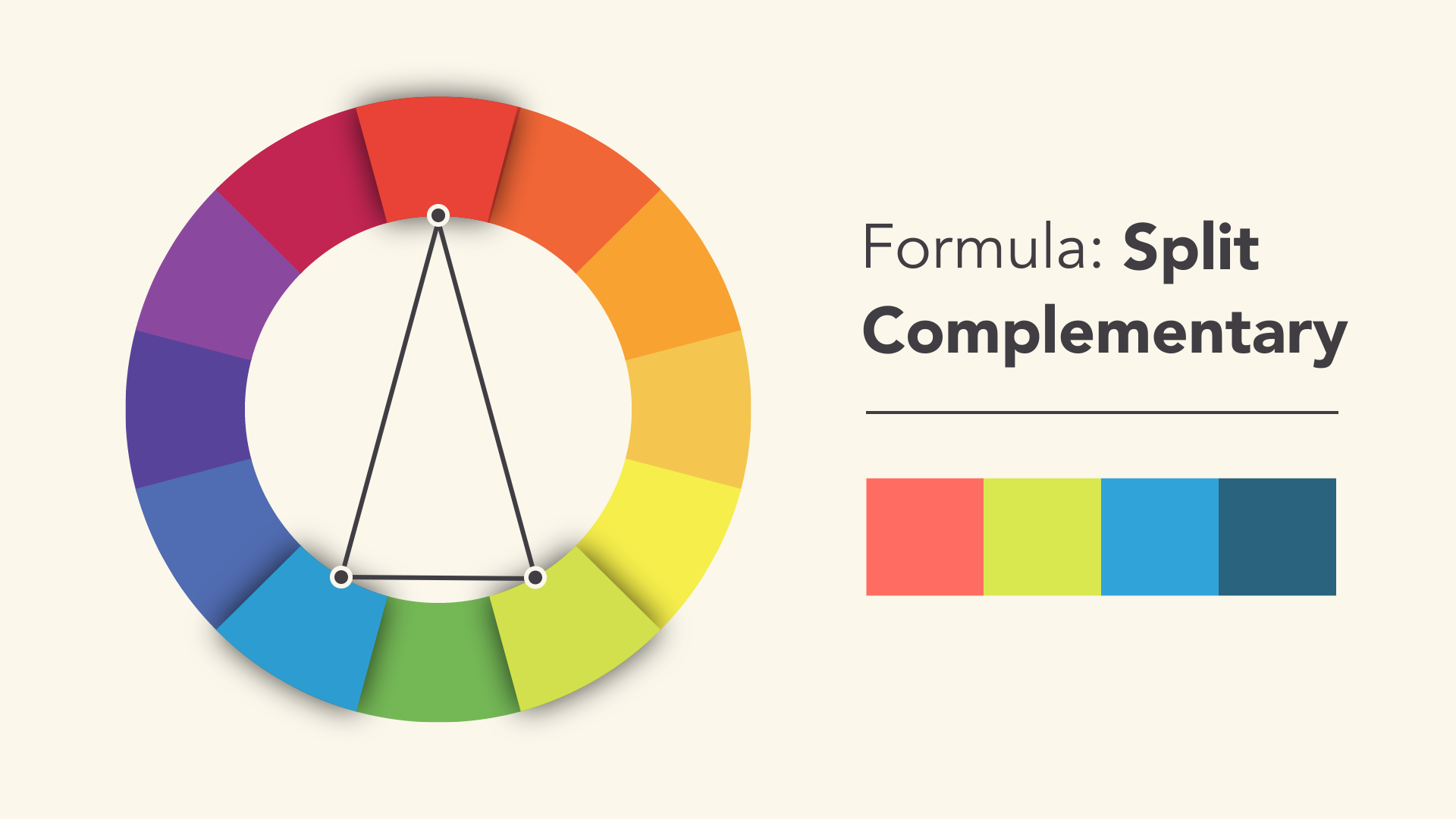

By mixing blue and green, you get blue-green. So by mixing red and orange, you get red-orange. Because most people start to develop a mild headache at this point in the discussion, the powers that be have made the tertiary colors pretty easy to remember: you just hyphenate the two mixed colors, beginning with the primary one. By mixing a primary color with a secondary one, you get a tertiary color. In this case, purple (or violet), green, or orange. When you mix two primary colors, you get a secondary color. Those three are our primary colors, and since this is a subtractive color wheel, our primary colors are red, blue, and yellow. There are three colors on this wheel that you can’t create by mixing other colors. , via Wikimedia CommonsĪs you can see, the colors are arranged in a circle, and you can see the natural progression from the warm colors to the cool ones and all the way back around. MarianSigler assumed (based on copyright claims). Thanks to some really nifty color science, these combinations cause your eye to perceive a pattern as a certain color, and they use the color model CMY. Most printers use dot patterns like the ones below to “mix” different colors. In printing, the terminology is a little different: cyan, magenta, and yellow. Subtractive color is physical color, and the primary colors you’ll usually see for a subtractive color model are blue, red, and yellow.


#COMPLEMENTARY COLOR GENERATOR FROM PHOTO HOW TO#
This is the way you talked about color in your elementary school art classes, when you learned how to mix colors with finger paint. In the case of subtractive color, the combination of all colors is black. In this model, the three primary colors are red, green, and blue. The RGB color model is an additive color model, and if you spend a lot of time in Photoshop you’re probably quite familiar already with those three letters. This is what you see on your TV, computer, and phone screens. When someone tells you that white is the combination of all colors, they are talking about additive color. That’s where the two types of color mixing, additive and subtractive, get their names. When colors mix to form different colors, they generally can do it in one of two ways: with light or with pigment. It all depends on which color model they were each trying to describe. Have you ever heard two people arguing about whether white is the absence of color or the combination of all colors? Well, both of them were right! Or possibly, they were both wrong. We’ll talk about what exactly those are, how to find them, and when and how you can use them to take your images up a notch – without spending a dime on new equipment! Let’s Talk About Color In this guide we’ll cover some basics of color theory, focusing specifically on one very powerful color combination that many don’t even know about: complementary colors. Enter an artist’s best friend: color theory. The challenge is learning to identify what is causing it to behave that way. We usually know right away when a color (or color scheme) is or isn’t working. Sometimes it pays to step back and work with the one bit of photographic equipment we all got for free: our eyes. But getting those answers doesn’t necessarily mean you will consistently produce great work. What type of lens should I use for sports photography? How do I balance the exposure triangle? And what the heck is an aspect ratio? All mechanical questions with (for the most part) concrete, mechanical answers. When it comes to photographic technique, we all love to get caught up in the mechanics. In this guide, we’ll dive into the color wheel and other science behind color theory that will make your photographs POP. What are complementary colors? How do color harmonies affect my photography? And what the heck is the difference between additive and subtractive color? If you’ve wonder these things like we have, you’re in the right place. Complementary colors in photography: an in-depth overview


 0 kommentar(er)
0 kommentar(er)
